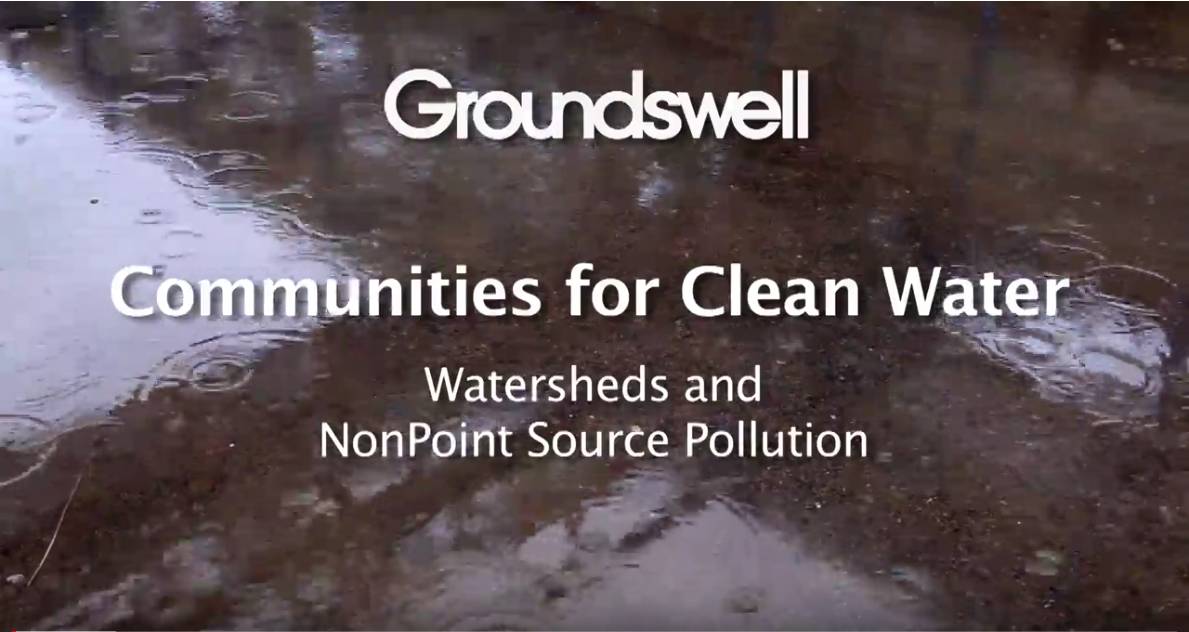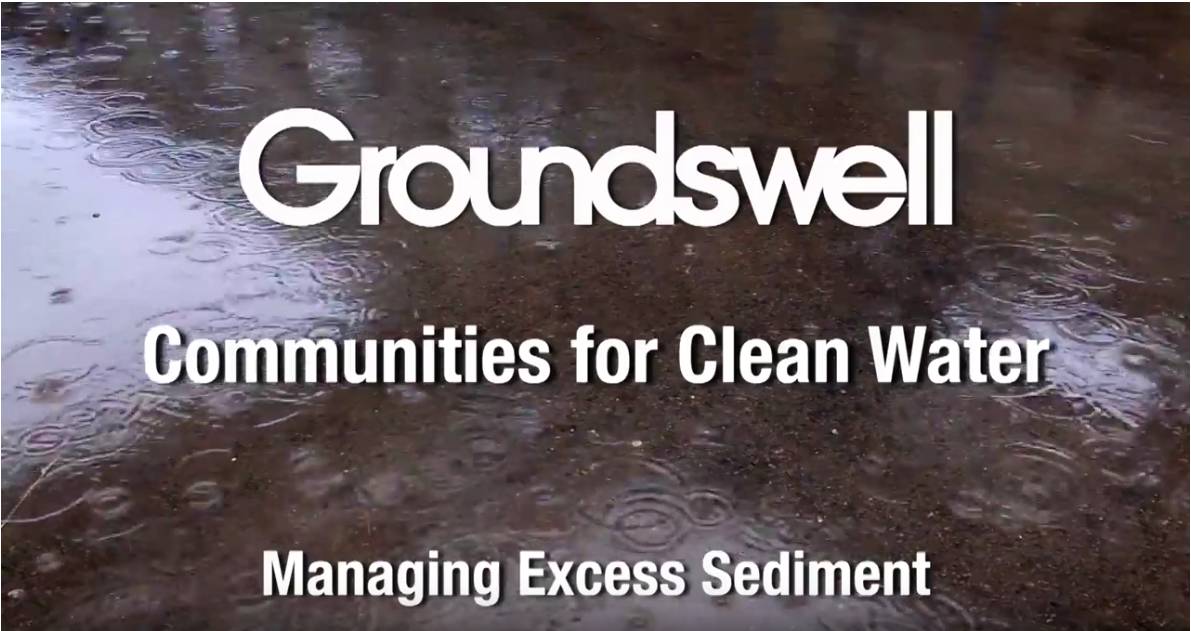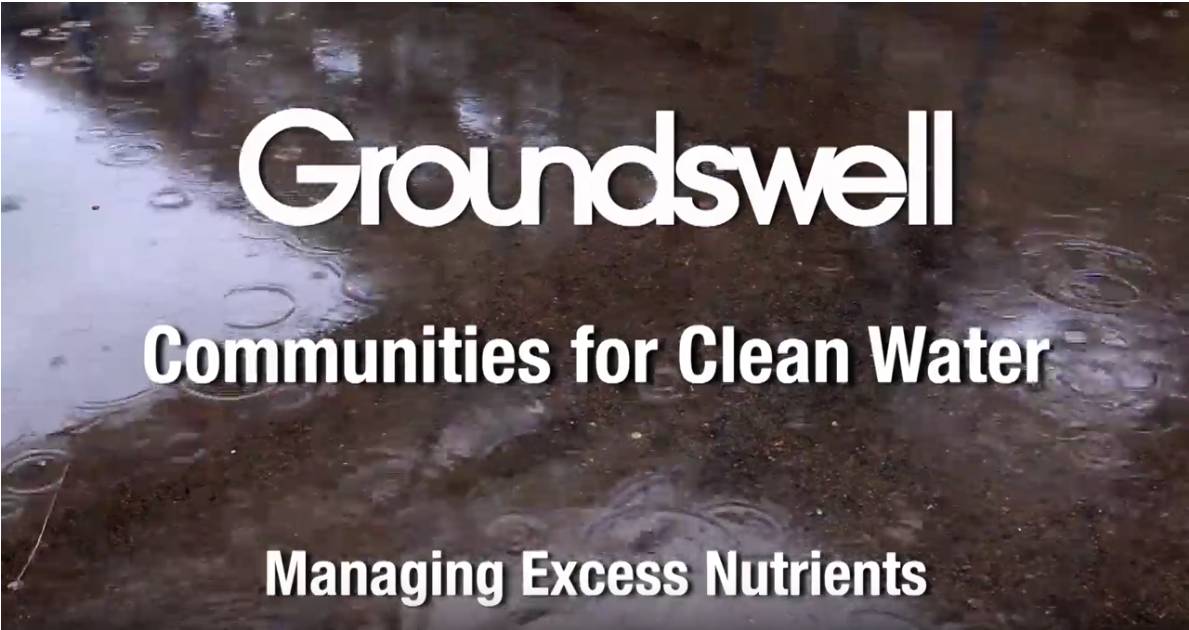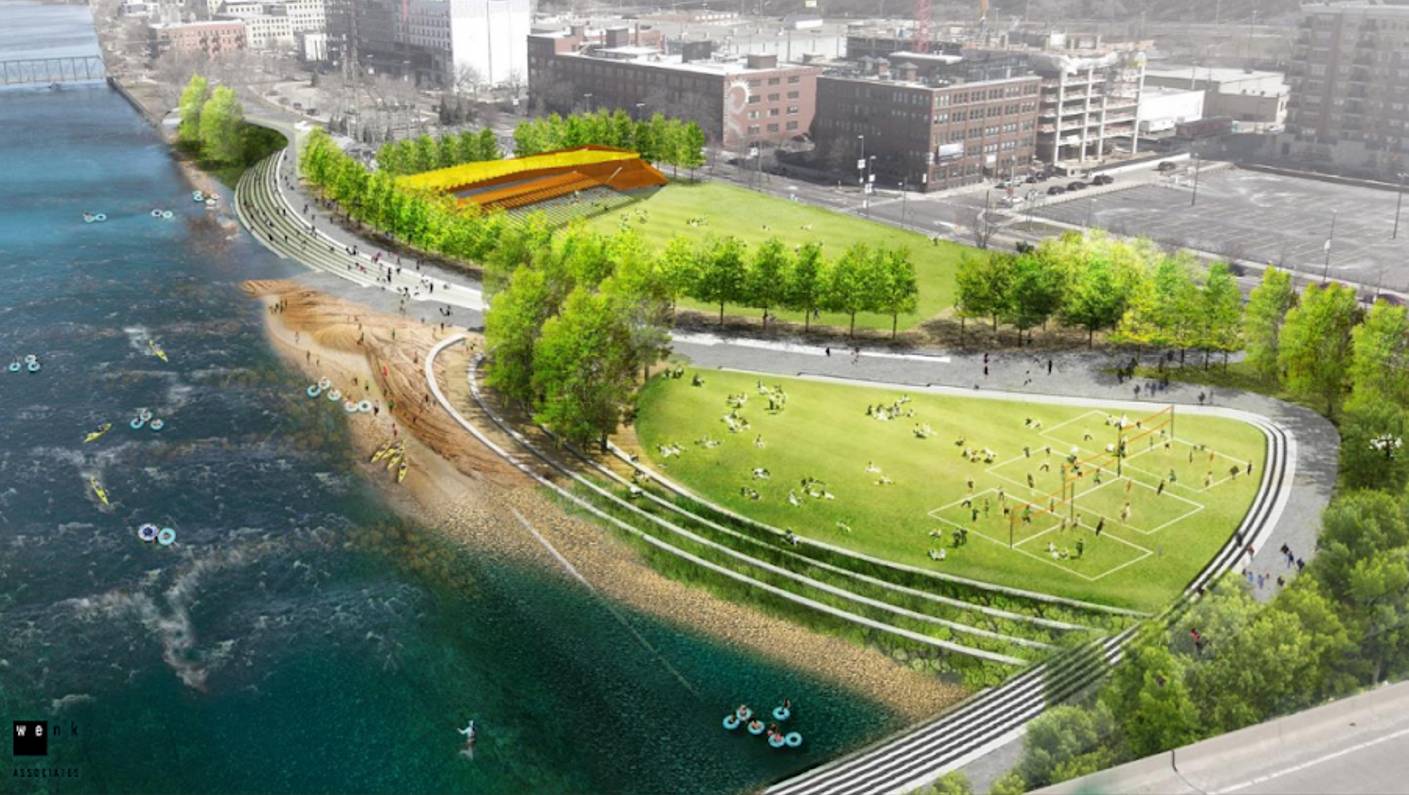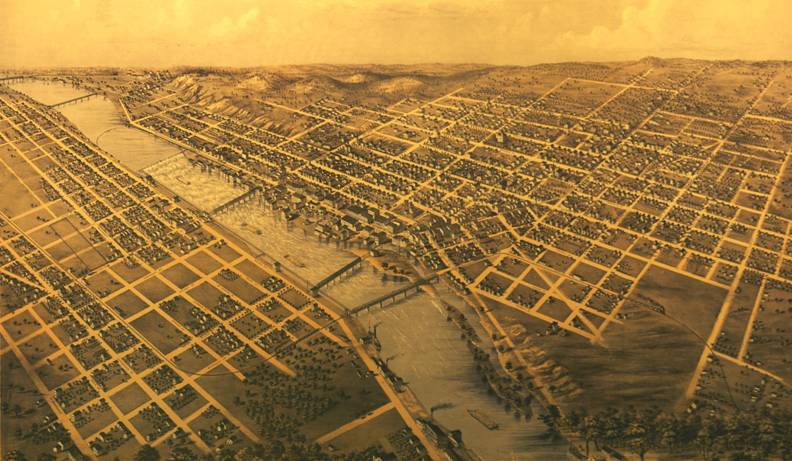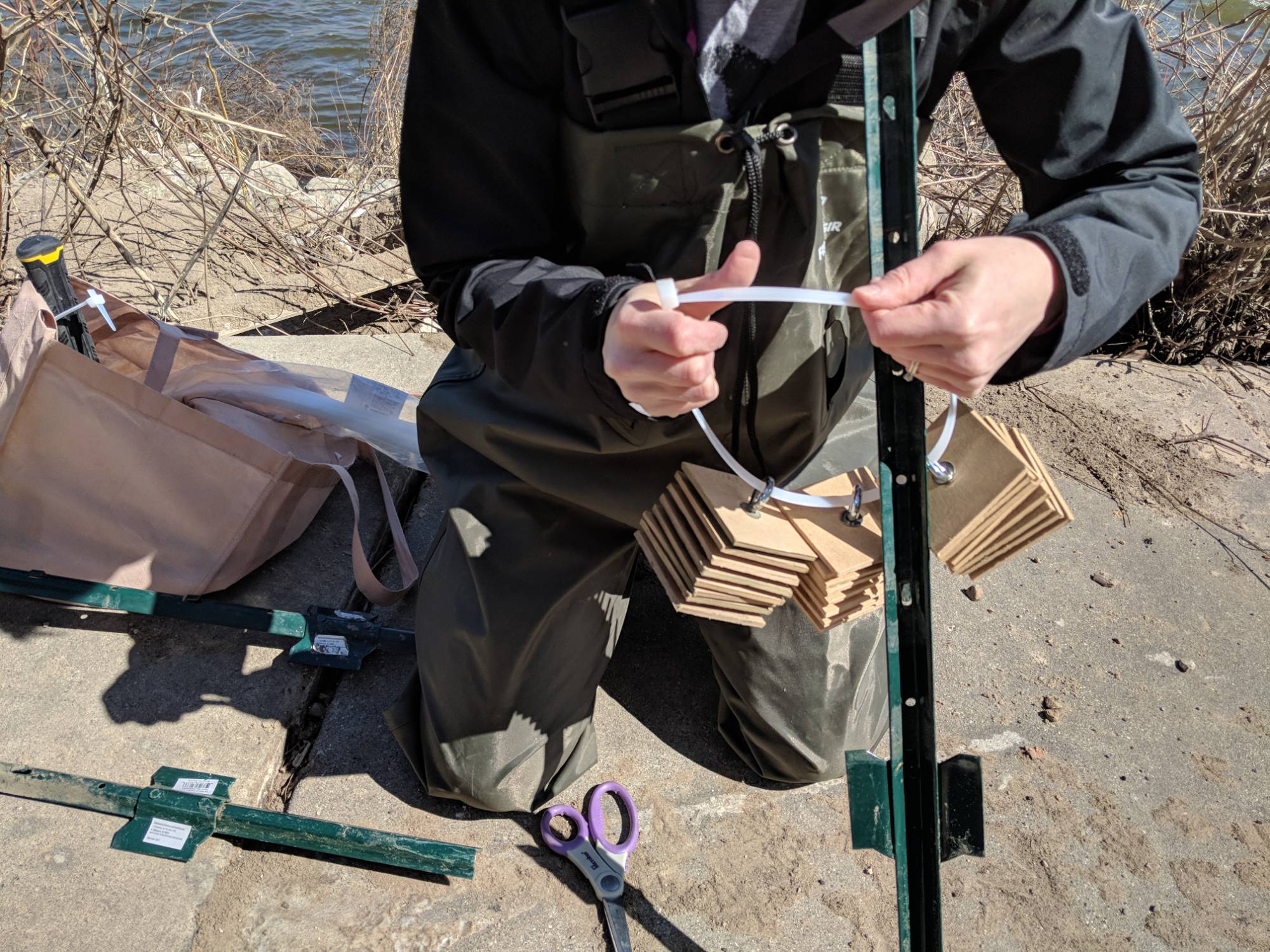Lesson Plans
This page houses lesson plans created by Groundswell staff and partners, as well as externally created resources. If you have any feedback about our lesson plans or suggested resources to add, please contact us!
Lesson Plans Created by:

Topic: Creating Meaningful Outdoor Experiences
Meaningful Watershed Educational Experiences
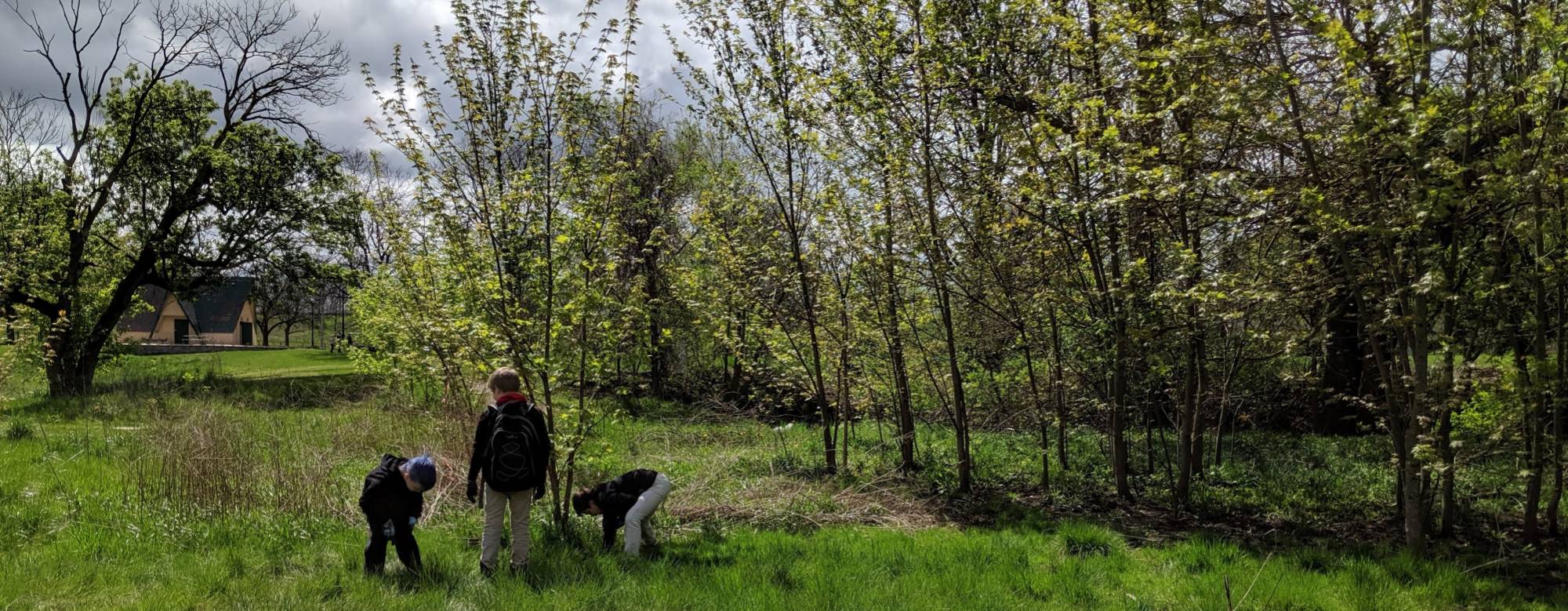
This unit is designed to provide students with a Meaningful Watershed Educational Experience (MWEE) centered on the Great Lakes Watershed. By the end of the unit, students will implement a stewardship project within their community and will have a better understanding of their role in the Great Lakes Ecosystem.
Topic: Watersheds and Water Pollution from Rain Runoff
Intro to Watersheds and Water Pollution
This lesson introduces students to scientific models that help them conceptualize watersheds and their importance for managing nonpoint sources of pollution (pollution picked up by rain as it flows over the ground). Students will be able to:
- Construct and test a model of a watershed.
- Trace the connection of their watershed to the Grand River and Lake Michigan.
- Identify nonpoint sources of pollution and their relative impacts in various parts of the Lower Grand River Watershed.
Managing Excess Sediment
Students will focus on the role of sediment as a major type of nonpoint source pollution affecting the Lower Grand River Watershed. Sediment includes gravel, sand, and soil particles. Students will be able to:
- Identify sediment as a major pollutant.
- Predict the movement of sediment based on soil physical characteristics.
- Identify the relative impact of excess sediment in various parts of the Lower Grand River Watershed.
- Explore ways to reduce excess sediment in our local water bodies.
Managing Pathogen Pollution
Students will focus on the role of pathogens as a major type of nonpoint source pollution affecting the Lower Grand River Watershed. Pathogens are bacteria, viruses, and other substances that can make people sick. Students will be able to:
- Identify pathogens as a major pollutant.
- Determine how pathogens enter a lake, river, or stream system.
- Identify the distribution of pathogens in various parts of the Lower Grand River Watershed.
- Explore ways to reduce pathogens in our local water bodies.
Managing Excess Nutrients
Students will focus on the role of excess nutrients as a major type of nonpoint source pollution affecting the Lower Grand River Watershed. Nutrients include fertilizers such as nitrogen and phosphorus that contribute to excess plant and algae growth. Students will be able to:
- Identify nutrients as a major pollutant.
- Determine how nutrients get into a river or stream system and the potential effects of nutrients in the waterways.
- Identify the relative impact of excess nutrients in various parts of the Lower Grand River Watershed.
- Explore ways to reduce excess nutrients in our local water bodies.
Topic: Grand River Revitalization
Revitalization Project Overview
In this unit, students will explore the Grand River Revitalization & Restoration Project. They will look at the economic opportunities associated with the River and community access to the River.
They will then learn about two species impacted by the restoration:
- Lake Sturgeon (a desired species)
- Sea Lamprey (an invasive species)
Social & Economic Impacts
This unit examines the social and economic role that the Grand River has played in the Grand Rapids Community. It begins with the Paleo-Indians and goes through today. Students will look at primary source readings, artifacts, and summaries of the different time periods. They will examine the role of the river in society and the impacts of humans on the river. Specifically they will examine how the change in population and uses of the river impacts river quality.
Advanced Water Quality Assessment
There are three parts to this unit:
- Stream Habitat Assessment
- Macroinvertebrate Analysis
- Macroinvertebrate Design Challenge
Students will have experience analyzing and interpreting the biotic and abiotic factors in streams and designing and testing a macroinvertebrate sampler that mimics their streams habitats. This unit asks students to consider what actions could be taken to reduce human impacts and improve stream quality.

